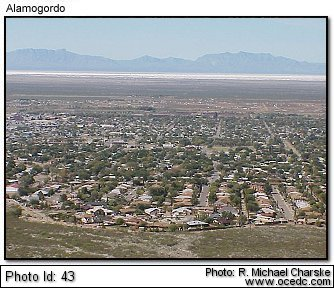
NMSU Special Topics Class, 501: Math Modeling and Science Simulations:
Supercomputing Challenge New Mexico
2005
Summer Teacher Institute (STI)
Alamogordo High School
Lab room 308
Syllabus

Mission Statement
The mission of the Supercomputing Challenge is to improve students' understanding and use of technology by developing their skills in scientific inquiry, modeling, computing, communication, and teamwork.
Summer Teacher Institute Description
The Summer Teacher Institute (STI) is a two-week institute for teachers sponsored in conjunction with Alamogordo High School, LANL/NNSA, NASA, New Mexico State University and New Mexico Tech. Acquiring skills to support computational science for mid and high school students is the overarching goal of STI. Topics will include problem solving, science, mathematical and agent based modeling, technology, programming, research, working with mentors, project management, time management, team management, presentations, gender equity, computer ethics, measurement and analysis and technical writing.
Teachers will learn how to sponsor a Supercomputing Challenge team and how to help students complete an appropriate computational science project in keeping with the Challenge mission statement. The computational project incorporates four components, Project Management, Structured Programming and Design, Mathematical and Agent Based Modeling, and Internet Research and Resources:
Project Development
Five areas of project-based learning will be a main focus: planning, research, development, refinement and implementation. The creation and maintenance of a year long project involves many responsibilities: topic selection, creating a problem definition, topic research, meeting deadlines, providing motivation, obtaining a mentor, ethical behavior, technical reports, oral and computer presentations, team development, time management, online responses, etc. Tips for planning and implementing this yearlong commitment will be shared!
Structured Programming and Design
A. Introduction to Computer Programming -- Unix
The goal of the Unix lecture/lab time is to help teachers become comfortable with several Unix commands that will allow them to help their students manipulate files and directories.
Teachers will learn how to create and remove files, create organized folders (directories) of files, and see what files are where. They will learn to use editors to create and modify files.
Practice in using a web based electronic mail client that will be used by all the students in the upcoming Challenge year will be a part of this curriculum strand.
B. Introduction to Computer Programming – JAVA
Computer programming is the process of planning and creating a sequence of steps for a computer to follow. In this class we will utilize the Java programming language on PCs running Windows and on a Linux machine.
Java is a full-featured programming language similar in functionality to C++ and other “high-level” languages. Once heralded as “the next-best thing” for the web, Java is now regarded as an exceptional language for creating stand-alone applications. This is in no small part due to the relative ease with which Java can create a GUI (Graphical User Interface).
Many Colleges and Universities now teach Java in “Computer Programming 101”. The High School AP (Advanced Placement) test in computer science uses Java.
C. Introduction to StarLogo
The StarLogo language was designed to enable people to build their own models of complex, dynamic systems. Unlike many other modeling tools, StarLogo supports a tangible process of building, analyzing, and describing models that do not require advanced mathematical or programming skills. Using StarLogo, one can build and explore models and in the process one can develop a deeper understanding of patterns and processes in the world. In StarLogo, one writes simple rules for individual behaviors. For instance, one might create rules for a bird, which describe how fast it should fly and when it should fly towards another bird. When one watches many birds simultaneously following those rules, she can observe how patterns in the system, like flocking, arise out of the individual behaviors. Building up models from the individual, or "bird," level develops a better understanding of the system, or "flock," level behaviors.
D. Building Models and Presenting Data with Spreadsheets
|
The study of spreadsheets will be implementations of a priori models and presentation of data via graphs. Optional sessions in week two will follow up on models and graphs and an exploration of the statistical analysis features of Excel-compatible spreadsheets. |
Mathematical modeling is the process of creating a mathematical representation of some phenomenon in order to gain a better understanding of it; mathematical modeling is an integral component of the computational science project. During the process of building a mathematical model, the modeler must decide what factors are relevant to the problem and what factors can be de-emphasized. Once a model has been developed and used to answer questions, it should be critically examined and often modified to obtain a more accurate reflection of the phenomenon. In this way, mathematical modeling is an evolving process; as new insight is gained, the process begins again as additional factors are considered. Generally the success of a model depends on how easily it can be used and how accurately it predicts.
The mathematical modeling/computational science module will include an overview of the role of mathematical modeling in the computational science project, modeling sites and resources, some examples of models (compartmental models, population models, epidemic models, one- and two-dimensional heat flow models, etc.), and an introduction to some pitfalls in numerical computation. Examples will be implemented in Excel, but can be programmed in JAVA or any other procedural computer language.
Internet Resources – The Challenge website, http://challenge.nm.org, will link to all important resources: Technical Guide, teacher resources on gender equity, ethics, computational science, mentors, research, presentations, technical writing, grants, programming, data resources, etc. Links to science, math, technology and computational science standards and ways to integrate technology into the curriculum will be utilized. These sites will be shared throughout the two weeks.
Course Requirements
Students will attend two full weeks of classes, 90 hours, covering core components of computational science: project development, programming, math modeling, and Internet resources.
Students will
participate in creating a team supercomputing computational project.
present the project to a team of judges.
learn about the 2005-06 Challenge timetable, milestones and expectations.
learn programming skills: JAVA programming, Star Logo and Excel programming
participate in a measurement and analysis study with a NASA scientist
learn math and agent based modeling, computational techniques, project management tips, and research aides.
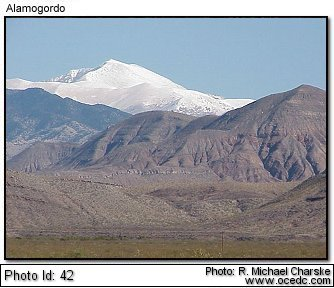
Interested attendees will receive three units of graduate credit from New Mexico State University, Special Topics Class, 501: Math Modeling and Science Simulations: Supercomputing Challenge
Grading
Grading will be based on creating a teamed computational science project. Students will complete a collaborative digital portfolio by posting a web page on the Mode computer at Los Alamos.
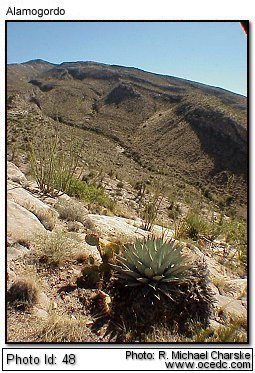
Textbooks and Software (Provided for Students)
Adventures in Modeling by Vanessa Stevens Colella, Eric Klopfer, Mitchel Resnick Publisher: Teachers College Press ISBN: 0807740829
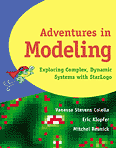
Head First Java by Kathy Sierra, Robbie Allen, Bert Bates Publisher: O'Reilly & Associates, Incorporated ISBN: 0596004656
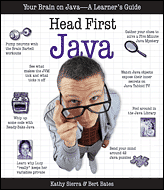
NetBeans - NetBeans is an integrated development environment (IDE), developed and made available at no cost by Sun. It is principally for use in Java development, but can also be used for writing code in other languages.
Research Booklet –
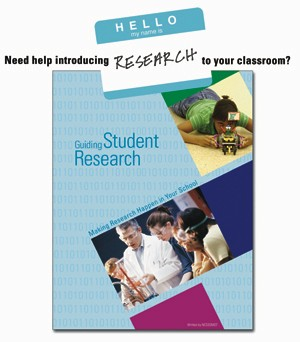
Starlogo Free Download from http://education.mit.edu/starlogo
Nick Bennett, Grass Roots Consulting, nickbenn@g-r-c.com
Celia Einhorn, SC, celia@pobox.com
Betsy Frederick, SC, bfrederick@zianet.com
Susan Hoban, Virtual Telescopes Project, susan.hoban@gsfc.nasa.gov
David Kratzer, LANL/DOE, dhk@lanl.gov
Irene Lee, Santa Fe Institute / MIT ITEST Program, lee@elf.org
Willard Smith, NASA AMES, TN State, smith@coe.tsuniv.edu
Suggested Evening and Weekend Educational Field Trips
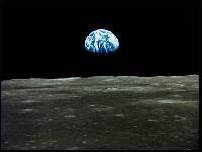
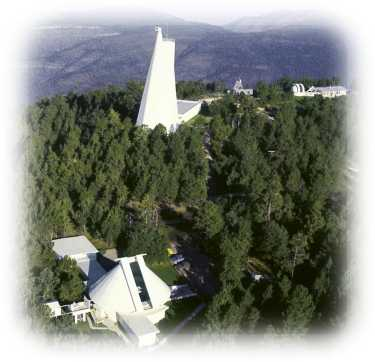
Expanding your Horizons Video, NM Network for Women in Science and Engineering, Careers: Exploring the Possibilities, http://nmnwse.org/career.htm
Hands On! Newsletter on math and science learning - TERC http://www.terc.edu/
Teaching Tolerance Magazine from the Southern Poverty Law Center –http://teachingtolerance.org/
T.H.E Journal (Technological Horizons in Education) – Professional Development, Distance Learning, Curriculum – http://www.thejournal.com/
The Magazine of Design & Technology Education, ties – Resources, Multimedia, Literature – good ideas for projects - http://www.tiesmagazine.org/
Science List Serve -Subscribe at http://monty.manzano.aps.edu/mailman/listinfo/science
Web Resources (Partial)
Bad Science
http://www.ems.psu.edu/~fraser/BadScience.html
Challenge Acceptable Use Policy
Gender Equity - http://www.holtsoft.com/chris/CASCONEquity.pdf
Women in Science
http://www.womeninscience.org/
Girls are Closing the Gap
http://online.wsj.com/article_email/0,,SB111213497906192393IJjg4NjlaJ4o56nZHSJaKWJm4,00.html
Mathematical Models
http://www.krellinst.org/AiS/textbook/unit2/projdev2.3.5.html
Modeling for Understanding in Science Education
http://www.wcer.wisc.edu/ncisla/muse/
NASA Math Models and Data - http://geo.arc.nasa.gov/sge/landsat/l7.html
Non-software Teacher Resources to Support Modeling
http://www.ecsu.k12.mn.us/envision/gradrule/additional.html
New Mexico Supercomputing Challenge
Research –
http://www.challenge.nm.org/archive/0102/STI/Research_for_STI.html
Other SC related links –
Siemens Westinghouse Competition
http://www.siemens-foundation.org/
Technical Guide – StarLogo, JAVA, Unix, etc.
http://www.challenge.nm.org/ctg/
Writing the Final Report